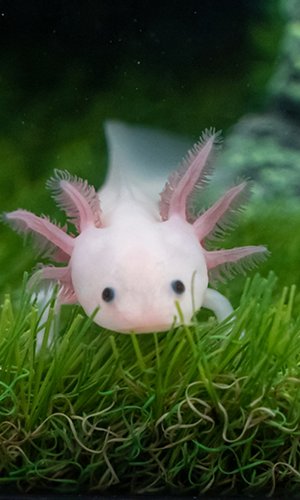In our imagination, plants are silent beings that communicate through slow changes in shape, colour, and scent. But two recent studies by research teams at Tel Aviv University have challenged this view, showing that plants emit ultrasonic sounds that can be perceived by other organisms – and that at least one insect, the moth Spodoptera littoralis, is able to hear them and use them to its advantage. It is the first documented case of an animal responding to sounds produced by plants. It was already known that stressed plants (e.g. under drought conditions) show signs of distress through visual and olfactory changes, and even through mechanical vibrations that can be recorded directly on their tissues. For instance, in extreme heat, leaves yellow and curl, and aromatic plants release stronger odours. But in 2019, the research team demonstrated for the first time that plants emit real sounds that spread through the environment like a fragrance. These sounds are inaudible to humans because they fall within the ultrasonic range (20–100 kHz), but they can be detected at a distance by those with the right sensitivity. In experiments conducted both in anechoic chambers – rooms completely free of sound – and in greenhouses, researchers recorded ultrasonic clicks of 60–65 decibels produced by tomato and tobacco plants under water stress or after being cut. Healthy plants, on the other hand, remained silent. The number of sounds increased in the first few days after irrigation was suspended, then dropped as the plant became completely dehydrated. Thanks to artificial intelligence and machine learning models, researchers were able to determine a plant’s physiological state simply by “listening” to its sounds: whether it was dry, cut, or intact.
But who listens to these plants? In other words, do other organisms make use of this information? The answer came in a study published in eLife, focusing on the behaviour of the moth Spodoptera littoralis. Females of this species must carefully choose where to lay their eggs – entrusting their offspring to a diseased or dehydrated plant could be fatal for the larvae. Natural selection has therefore favoured moths capable of perceiving even the faintest signals of plant stress. In addition to sight and smell, these moths have ultra-sensitive hearing, which they already use to escape predatory bats by detecting their ultrasonic hunting calls. These studies are not just scientific curiosities. Their implications are vast and potentially revolutionary.
For agriculture: bioacoustic sensors could detect crop stress early, improving irrigation and reducing resource use. Acoustic analysis might prove faster and less invasive than current methods. For ecology: understanding how insects and plants interact through sound opens up new avenues in the study of ecological networks. For environmental robotics: one day, autonomous farming machines might “listen” to the fields to decide where intervention is needed. Plants, only seemingly silent, are now revealing a new form of expressiveness – not made of words, but of sounds that speak of thirst, injury, defence, and life.




